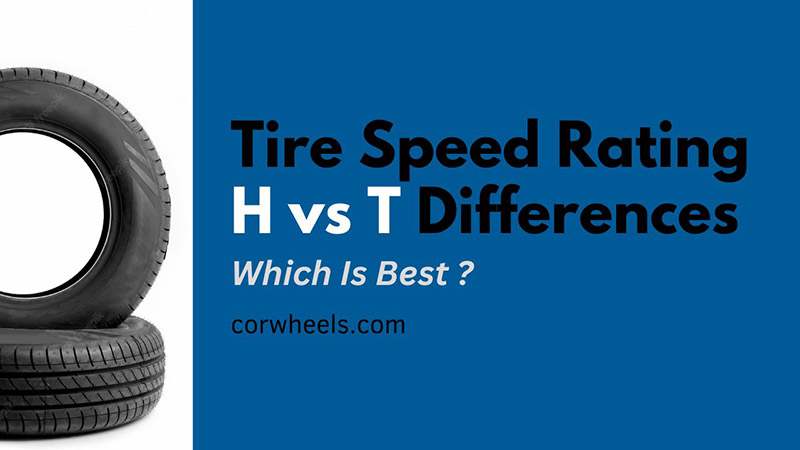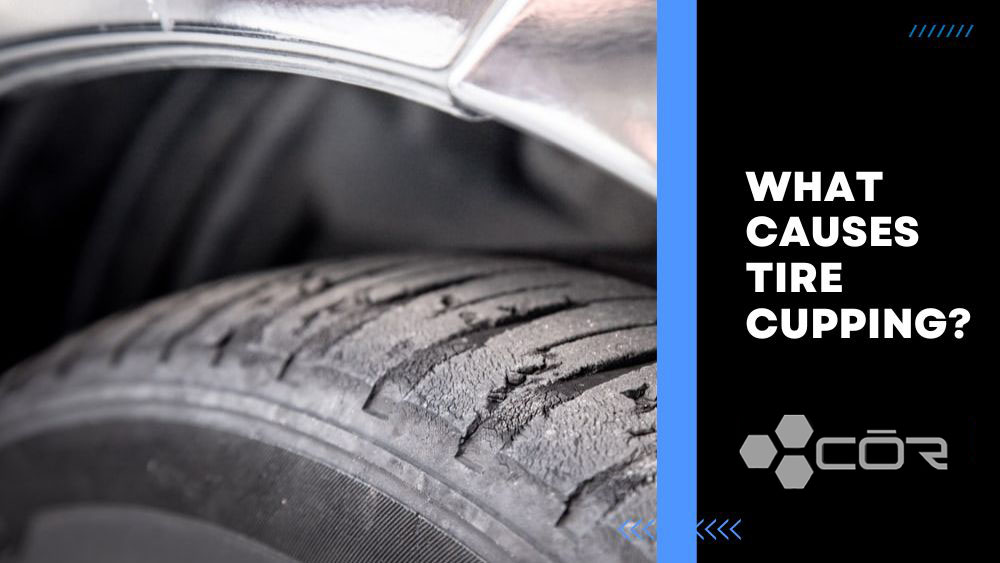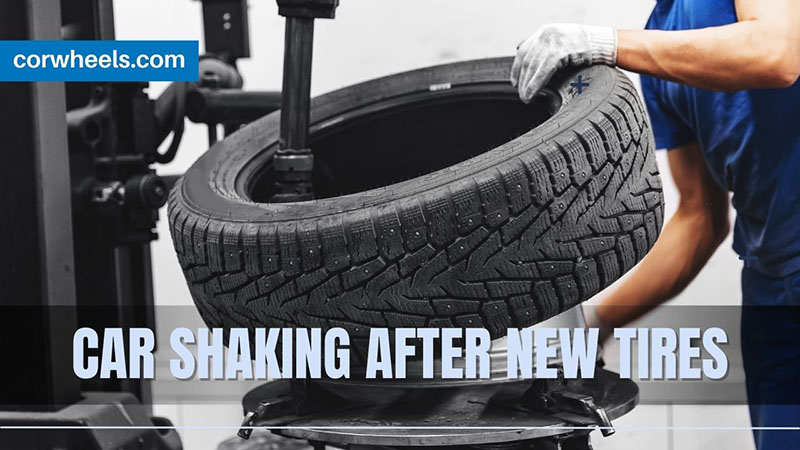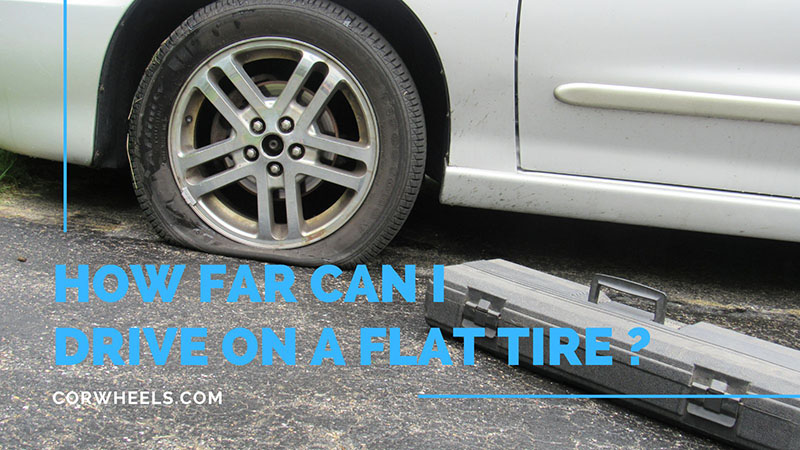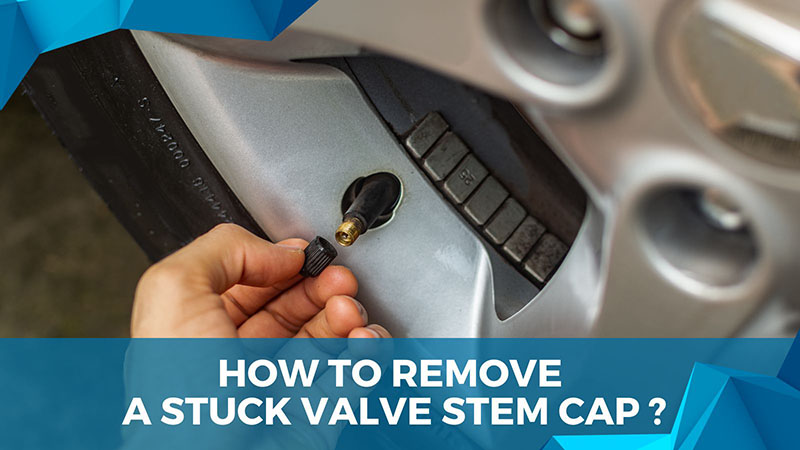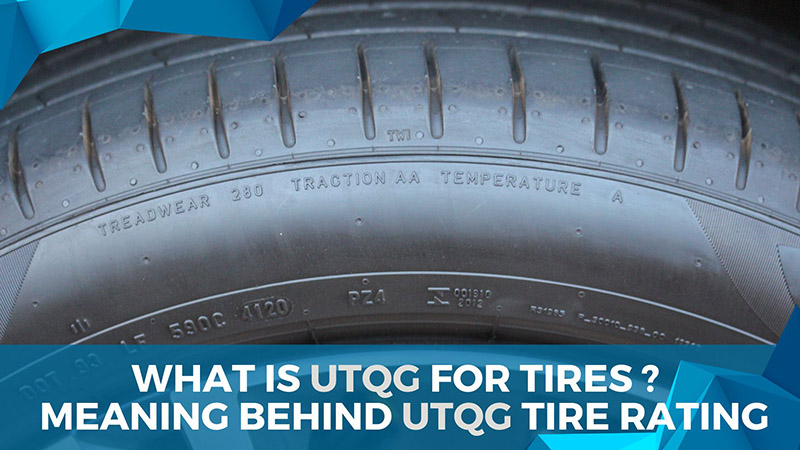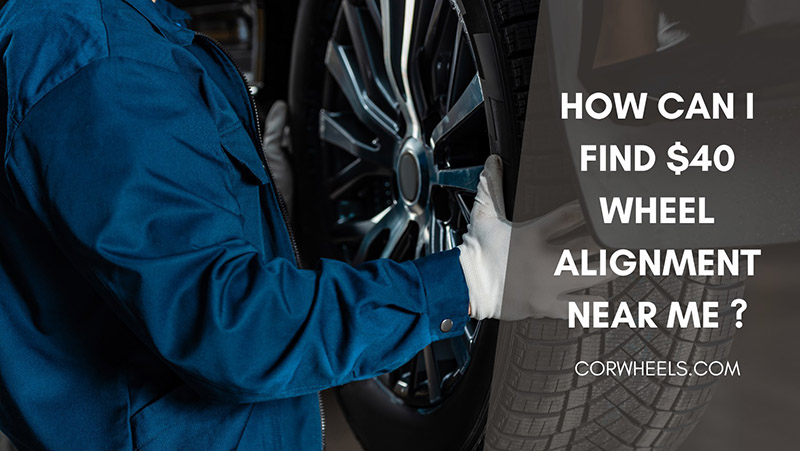The speed rating of a tire is a crucial factor to consider when it comes to your safety on the road. The rating determines the maximum speed at which the tire can safely operate, and this can have a significant impact on your passenger vehicle’s performance and handling. Two of the most popular tire ratings for passenger cars are H and T.
We will compare the H speed rating vs T, looking at the differences in their performance, cost, and suitability for different driving conditions. By the end of this post, you’ll be better equipped to choose the right speed rating for your vehicle and driving habits.
In this article:
What Are Speed Rating T Vs H?
H and T are speed ratings used for tires, indicating the maximum speed at which the tire can safely operate under certain conditions. The H speed rating means that the tire is rated for a 130-mph top speed limit (210 km/h), while the T speed rating indicates a maximum speed limitation of 118 mph (190 km/h).
H-rated tires are typically found on high-performance sports cars and luxury sedans, while T-rated tires are commonly used on family vehicles and light trucks. It’s important to note that speed ratings are not the only factor to consider when selecting a tire for a car.
H Speed Rating Pros And Cons
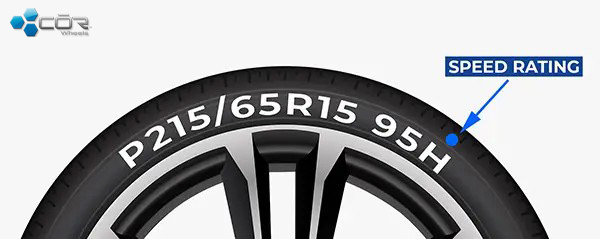
Here is what this rating can bring to the table.
Pros
Improved Handling: Tires with faster speed ratings typically have better handling capabilities than those with lower speed ratings. This is because they can withstand higher speeds and are built with stiffer sidewalls and advanced tread patterns that offer improved grip and stability.
When we equipped our cars with P205/65R15 94H tires, the clearest improvement we noticed was how our car smoothly handled many sharp turns in a row on the Tail of the Dragon road (NYC), despite the high speeds.
Increased Safety: Tires with higher speed ratings are better equipped to handle sudden changes in road conditions and are less likely to lose traction. This can be especially important in wet or slippery road surfaces where having good traction and stability is critical to your safety.
Better Performance: High-performance tires with great speed ratings are typically made from better quality materials and are designed to offer superior and safe performance. So you’ll get better acceleration, braking, and overall handling when driving at high speeds.
Cons
Reduced Comfort: Wheels with higher ratings are more rigid and less flexible than those with lower ratings. This can result in a bumpier ride and less comfort, especially on uneven or bad roads.
Indeed, our P205/65R15 94H tire set feels a lot bouncier than its T counterparts, so going through speed bumps or potholes is really a pain in the butt (literally) for us.
Shorter Lifespan: Tires with higher ratings tend to wear out faster than those with lower grades. This is because they are made from softer rubber compounds that offer better grip and handling but also wear out more quickly.
Higher Cost: Tires with higher speed ratings tend to be more expensive. This is because they are made from high quality materials and can offer superior performance, which comes at a more expensive cost.
T Speed Rating Pros And Cons
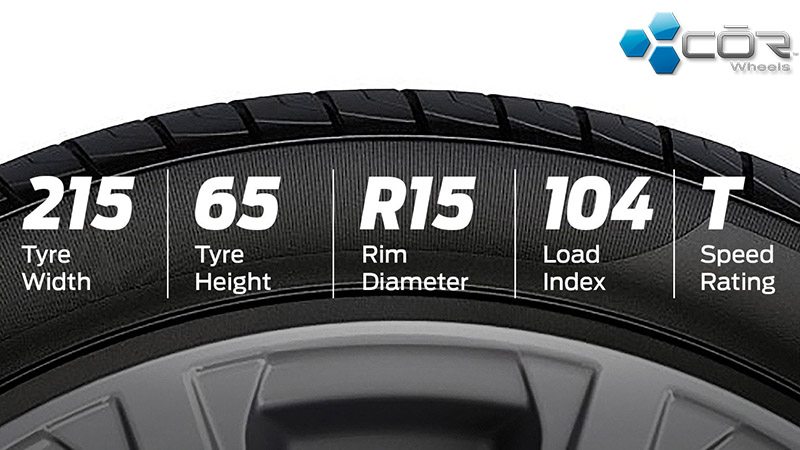
Below are the pros and cons of this rating.
Pros
Versatility: T-rated tires are suitable for a wide range of vehicles, including family sedans, minivans, and SUVs. This makes them a popular choice among drivers who want a reliable tire that can deal with various driving conditions.
While we use our H-rated tires for our pickup trucks to conquer winding roads for long trips, we place our trust on 99T tires for our Mazda CX-30 (SUV) for daily use. Though the commuting route is quite long and spanning over different road conditions, those tires don’t send any discomfort to us.
Improved Cornering Stability: They provide better cornering performance and stability compared to lower-speed rated tires. They have stiffer sidewalls and better tread patterns, which help improve grip and cornering performance.
Affordable: T-rated tires are often cheaper than higher-speed-rated tires, which can be a significant factor for budget-conscious drivers. They offer a good balance of performance and affordability, making them an attractive choice for many drivers.
Cons
Lower Performance: While T-rated tires offer improved handling and stability, they are not as high-performing as tires with higher speed ratings.
They may not provide the same level of acceleration, braking, and cornering performance that a driver would expect from a higher-rated tire. That’s why we only use our T-rated tires for basic daily needs.
Limited Speed: They offer speed limits up to 190 km/h, which may not be sufficient for some drivers who regularly travel at higher speeds. A higher-speed-rated tire may be a better option for those who frequently drive on highways or travel long distances.
Reduced Safety: T-rated tires may not provide the same level of safety as higher-rated tires, especially in wet or slippery road conditions. They may be more prone to hydroplaning or losing traction on wet roads, which can compromise safety.
Tires Difference Between H And T: Which Is Better?
So, the big question is: which rating is better? Let’s see more details below.
Performance
H-rated tires can handle speeds up to 130 miles per hour. They offer improved handling and cornering abilities, making them ideal for sports cars and other high-performance vehicles.
T-rated ones, on the other hand, are for everyday intended use and can handle speeds up to 118 mph. While they may not offer the same level of performance as H-rated tires, they are still a good option for most drivers.
Comfortability
In terms of comfortability, T-rated tires generally provide a smoother and more comfortable ride than H-rated base tires. This is because they have softer tire sidewalls, which absorb more bumps and vibrations on the road.
On the other hand, H-rated tires have stiffer sidewalls, which can provide better handling but can also result in a rougher ride.
However, it’s important to note that other factors can also affect the comfort level of tires, such as the tire design, tread pattern, and noise-canceling technology.
Longevity
When it comes to longevity, H-rated tires tend to have a shorter lifespan than T-rated tires. This is because they are designed for high-performance vehicles and are often subjected to more wear and tear.
T-rated tires are made from materials that are more durable and resistant to wear, and often feature a more conservative tread pattern that can provide better longevity.
Safety
H-rated tires are optimized for handling and braking at sustained speeds, which can provide excellent safety performance for drivers who need to quickly stop or maneuver their vehicles. However, H-rated units may not perform as well in wet or cold conditions, as their specialized tread patterns and compounds may not provide as much traction as other tires.
In contrast, T ones are designed for everyday driving and are optimized for a balance of handling, braking, and traction in a variety of conditions. They may not provide the same level of high-speed performance as their H counterparts, but they can be safer overall in everyday driving conditions, particularly in wet conditions.
Verdict
The choice between H-rated and T-rated tires depends on your specific needs and priorities. When you drive a high performance sedan and prioritize performance over comfort, H-rated tires may be the better option.
If you value comfort and longevity over performance, T-rated tires are a good choice. Ultimately, both types of tires are safe and reliable, and the decision comes down to your personal preferences and driving habits.
For me, I choose to use both on 2 different vehicles for different purposes.
Frequently Asked Questions
What Does 115T Mean On A Tire?
The “115T” markings on tires refer to the load index and tire speed rating chart. The number “115” means its maximum load capacity in pounds, while the tire code “T” indicates the maximum speed rating, which is 118 mph.
What Does 111T Mean On A Tire?
A tire’s speed and load index rating are indicated by the “111T” on the tire. The letter “T” designates the tire’s maximum speed rating, which is 118 mph, while the number “111” represents the tire’s maximum load-carrying capacity in pounds.
What Does 99T Mean On A Tire?
The tire’s speed rating and load index are shown by the “99T” on the tire. The letter “T” represents the highest speed rating of 118 mph, while the number “99” denotes the maximum load capacity in pounds.
What Does 110T Mean On A Tire?
The tire’s load index and speed rating are shown by the letters “110T” on the tire. The letters “T” and “110” stand for its maximum speed rating of 118 mph and the maximum load capacity of 110 pounds, respectively.
What Does 113T Mean On A Tire?
The tire’s load index and speed rating are shown by the letters “113T” on the tire. The letter “T” implies the 118 mph speed rating (max), whereas the number “113” represents the tire’s maximum load capacity in pounds.
Likewise, you can get your answer for whatever number, like 107T, 77H, 94T, 117T, 112T, 88H, 103H, 97H, 102H, etc.
The Bottom Line
When deciding between H and T speed ratings, it’s important to consider your driving needs and habits. If you frequently drive at high speeds or on highways, an H-rated type of tire may be the better choice for its maximum speed capabilities.
When you primarily drive in urban areas and don’t require the same level of speed and performance, a T-rated tire may be a more cost-effective and practical option. Ultimately, consulting with a tire professional and conducting thorough research on your specific car and driving conditions can help you make an informed decision on the right original rating for your needs.

